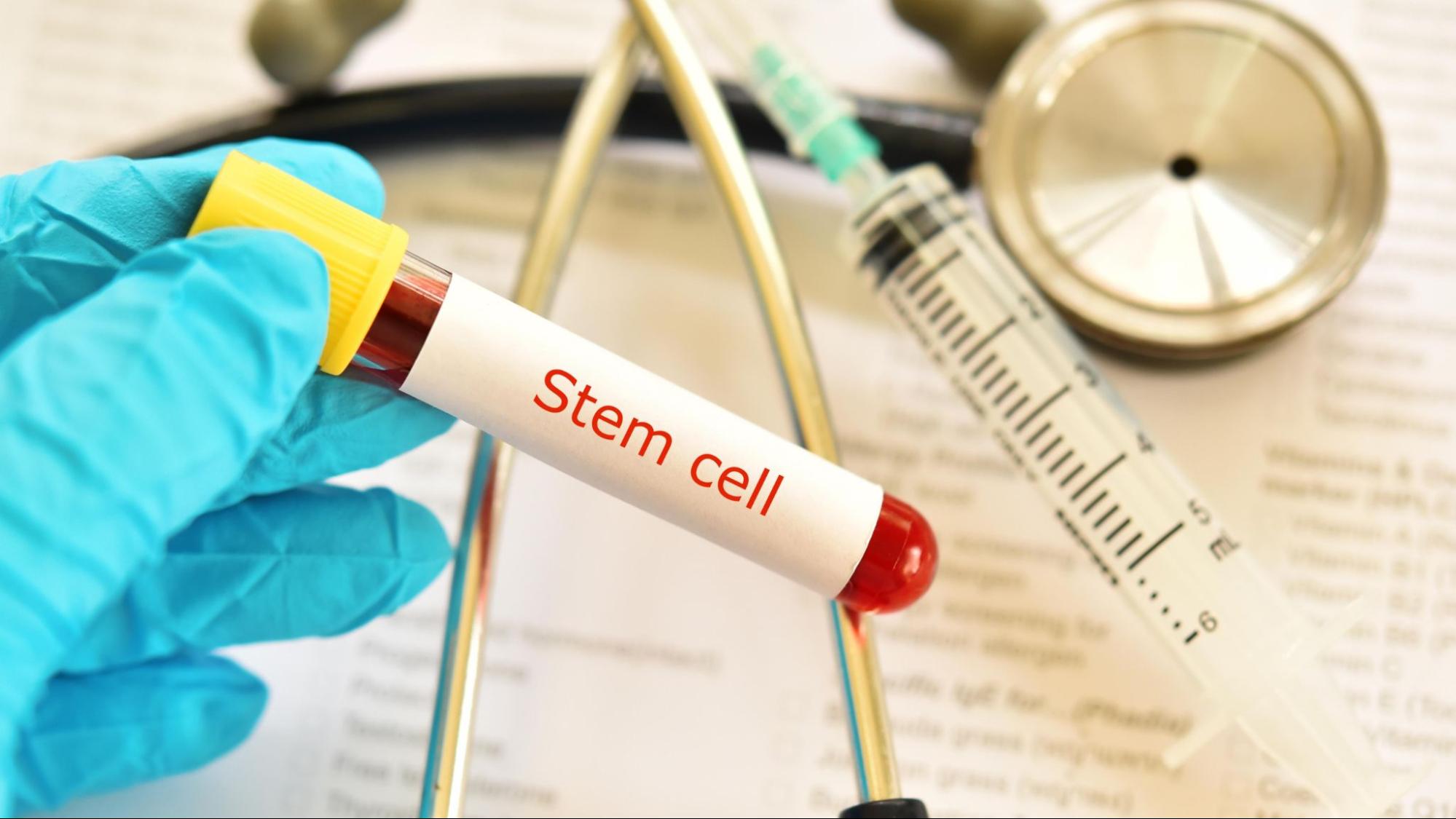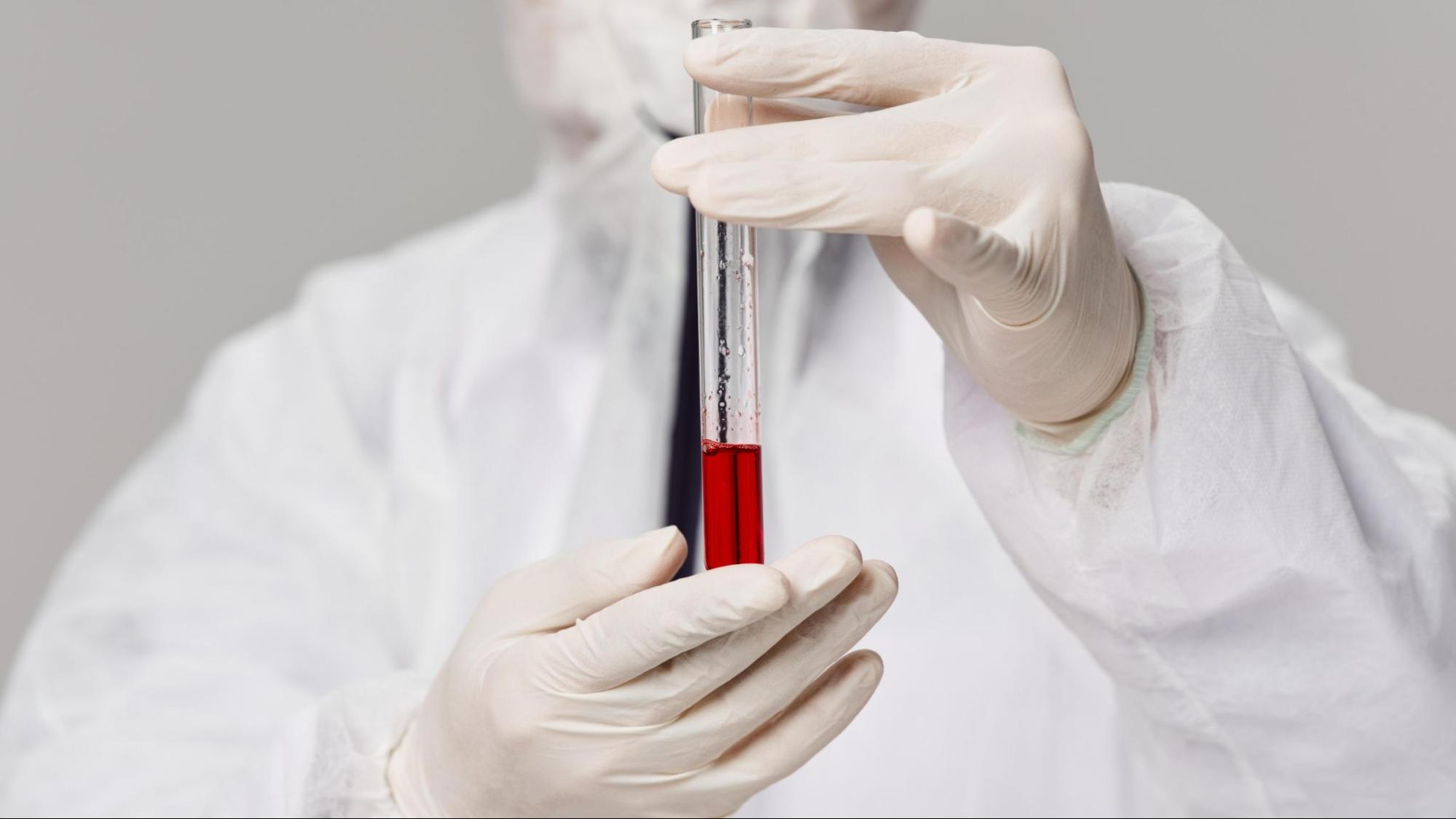
How Stem Cell Technologies Are Transforming Regenerative Medicine
Regenerative medicine is one of the most exciting and fast-evolving fields in modern healthcare, offering hope for repairing, restoring, or replacing damaged cells, tissues, and organs. At the heart of this revolution are stem cell technologies, which are redefining how we approach everything from chronic disease to traumatic injuries. By leveraging stem cells’ unique regenerative capabilities, scientists and clinicians are opening doors to previously thought impossible treatments.
This blog will explore how stem cell technologies transform regenerative medicine, the types of stem cells, key breakthroughs, real-world applications, and what the future holds for this groundbreaking science.
What Are Stem Cells?
Stem cells are the building blocks of the body—unspecialized cells capable of developing into many different cell types. Unlike most cells with a single, specific function, stem cells can divide and transform into a range of specialized cells, including blood, muscle, nerve, and organ cells.
There are two primary characteristics that define stem cells:
Self-Renewal
Self-renewal refers to a stem cell’s unique ability to indefinitely divide and create identical copies of itself. This property ensures a continuous supply of stem cells throughout an organism’s life, allowing the body to replenish damaged or aging tissues. Unlike other cells with limited divisions before they die, stem cells can maintain their undifferentiated state through countless generations of replication. This long-term regenerative capacity is fundamental to natural tissue maintenance and medical therapies that rely on cultivating stem cells for healing.
Potency
Potency describes a stem cell’s ability to differentiate into specialized cell types, such as muscle, nerve, blood, or skin cells. Depending on their origin and developmental stage, stem cells vary in their potency. For example, pluripotent stem cells can become nearly any cell type in the body, while multipotent stem cells are more limited in the types of cells they can produce. This potential to transform into different cells makes stem cells so powerful in regenerative medicine—enabling the repair or replacement of damaged tissues and even the possibility of growing new organs.
Types of Stem Cells in Regenerative Medicine
Understanding the different types of stem cells is key to appreciating their potential in regenerative medicine.
1. Embryonic Stem Cells (ESCs)
Derived from early-stage embryos, embryonic stem cells are pluripotent, meaning they can become almost any cell type in the body. Their versatility makes them powerful, but ethical considerations and regulatory hurdles often limit their use.
2. Adult Stem Cells (ASCs)
Also known as somatic or tissue-specific stem cells, adult stem cells are found in various tissues like bone marrow, fat, and the brain. While less versatile than embryonic stem cells, adult stem cells are widely used
in medical therapies due to their availability and fewer ethical concerns.
3. Induced Pluripotent Stem Cells (iPSCs)
iPSCs are adult cells that have been genetically reprogrammed to return to a pluripotent state. They mimic embryonic stem cells without ethical complications and have massive potential in personalized medicine, disease modeling, and drug development.
4. Perinatal Stem Cells
Found in amniotic fluid and umbilical cord blood, these stem cells offer a middle ground between embryonic and adult stem cells. They have promising regenerative potential and are often collected during childbirth for future medical use.

How Stem Cell Technologies Are Used in Regenerative Medicine
Stem cells have become a cornerstone of regenerative therapies thanks to their ability to restore function, repair damage, and regenerate tissues. Here’s how they’re making an impact across different areas of healthcare:
1. Treating Orthopedic Injuries
Stem cells regenerate bone, cartilage, and tendons, offering alternatives to invasive surgeries. For instance, mesenchymal stem cells (MSCs) are commonly used to treat joint injuries, osteoarthritis, and spinal conditions by promoting tissue repair and reducing inflammation.
2. Healing Cardiovascular Damage
Parts of the heart muscle can be permanently damaged after a heart attack. Stem cell therapy aims to regrow cardiac tissue and improve function. Clinical trials using bone marrow-derived cells have shown encouraging results in enhancing cardiac repair and performance.
3. Restoring Neurological Function
Conditions like Parkinson’s disease, spinal cord injuries, and stroke damage have long been considered irreversible. Stem cells are now being tested for their ability to replace damaged neurons and support neuroregeneration, potentially reversing or slowing down the effects of these conditions.
4. Repairing Eye Injuries and Disease
Stem cell treatments, which aim to regenerate damaged photoreceptor cells, target retinal diseases such as macular degeneration and retinitis pigmentosa. Clinical trials have shown promise in restoring partial vision.
5. Treating Autoimmune Diseases
Stem cells can help “reset” the immune system, offering new hope for conditions like multiple sclerosis (MS), lupus, and Crohn’s disease. Stem cell transplants help eliminate faulty immune responses and promote healing.
6. Supporting Organ Regeneration and Transplantation
While full organ regeneration is still a future goal, scientists are using stem cells to repair damaged organ tissue and even grow miniature versions of organs (organoids) in labs for testing and transplantation purposes.
Breakthroughs Driving Stem Cell Technologies
Stem cell technologies are evolving rapidly, thanks to a combination of biotechnology innovations, clinical trials, and regulatory progress. Some notable breakthroughs include:
1. 3D Bioprinting With Stem Cells
Scientists are using 3D bioprinting to create custom tissue structures seeded with stem cells, potentially paving the way for lab-grown organs. This technique mimics the body’s architecture, allowing for more accurate tissue engineering.
2. Stem Cell-Derived Organoids
Organoids are miniature, simplified versions of organs grown from stem cells. These “organs in a dish” are helping researchers study disease, test new drugs, and refine regenerative therapies without needing animal models.
3. CRISPR and Genetic Editing
Gene-editing technologies like CRISPR-Cas9 allow scientists to correct genetic defects in stem cells before using them therapeutically. This technology increases the safety and precision of stem cell-based treatments, especially for inherited disorders.
4. Personalized Stem Cell Therapies
With induced pluripotent stem cells (iPSCs), doctors can create therapies tailored to an individual’s genetic makeup. Personalized cell lines reduce the risk of immune rejection and increase treatment efficacy.
Stem Cell Technologies in Cosmetic and Dermatological Applications
Beyond treating internal injuries and diseases, stem cells are also revolutionizing cosmetic and skin-related procedures.
Wound Healing
Stem cell therapy has shown remarkable promise in treating chronic and hard-to-heal wounds, including diabetic foot ulcers, burns, venous leg ulcers, and post-surgical wounds. Stem cells promote wound closure by encouraging new tissue growth, enhancing blood flow, reducing inflammation, and supporting the regeneration of damaged skin and connective tissue.
Hair Restoration
Stem cell-enriched treatments are gaining significant traction in the field of hair restoration. They offer a regenerative approach for individuals experiencing hair thinning, pattern baldness, or alopecia. These therapies work by stimulating the activity of hair follicles, promoting new hair growth, and increasing follicle density.
Anti-Aging Therapies
Stem cell-derived ingredients are now widely used in anti-aging skincare products and rejuvenation procedures because they promote cell turnover, collagen production, and tissue regeneration. These therapies aim to reduce the appearance of fine lines, wrinkles, and sagging skin while improving overall skin tone, elasticity, and texture.
The Role of Amniotic Stem Cell Technologies and Therapies
Among the most exciting developments in regenerative medicine is the use of amniotic stem cells and amniotic grafts. These stem cells, harvested from the amniotic membrane and fluid, offer a rich source of growth factors and anti-inflammatory properties.
Key Advantages of Amniotic Stem Cell Technologies
Amniotic stem cell technologies offer several unique advantages, making them especially valuable in regenerative medicine. These cells are collected non-invasively from donated placentas during childbirth, eliminating ethical concerns and making them readily accessible. They are also immunoprivileged, meaning there is little to no risk of rejection when used in therapy. Additionally, amniotic stem cells possess anti-scarring and antimicrobial properties, which enhance their effectiveness in promoting clean, complication-free healing. Their versatility makes them ideal for various applications, including wound healing, orthopedic care, and post-surgical recovery.

The Future of Stem Cell Technologies
Stem cell technologies are still in their early stages, but the future is auspicious. With ongoing research and innovation, we’re likely to see major breakthroughs such as fully functional lab-grown organs, the reversal of degenerative diseases, personalized off-the-shelf cell therapies, and more widespread use in outpatient and wellness settings. As science continues to evolve, stem cell technologies are poised to become a mainstream tool for treating disease and enhancing overall quality of life across the lifespan.
Stem Cell Technologies: A New Era of Healing
Stem cell technologies are transforming regenerative medicine by offering real, lasting solutions to some of the most challenging conditions in healthcare. From orthopedic injuries and neurological disorders to cosmetic applications and surgical recovery, the power of stem cells is only beginning to be tapped. As leaders in advanced healing solutions, Stem Health Plus is proud to be part of this transformative journey. Whether you’re exploring regenerative options for chronic pain, injury recovery, or overall wellness, we’re here to guide you with innovative treatments rooted in science and backed by care.
Want to learn more about how stem cell therapies can benefit you? Visit the Stem Health Plus blog for the latest research, expert insights, and patient stories. The future of healing is here—and it starts with stem cells.
